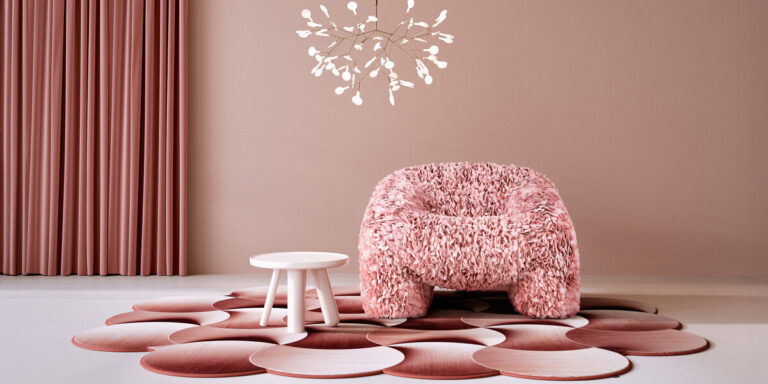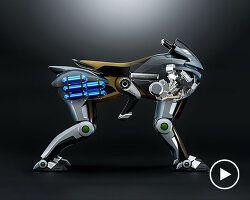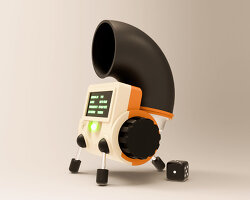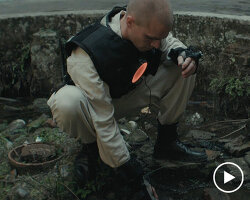yale scientists have developed a robotic skin that can be applied to inanimate objects seemingly bringing them to life. the elastic ‘skin’ sheets are embedded with a variety of sensors and actuators capable of animating the legs of a stuffed animal or causing a foam tube to flex.
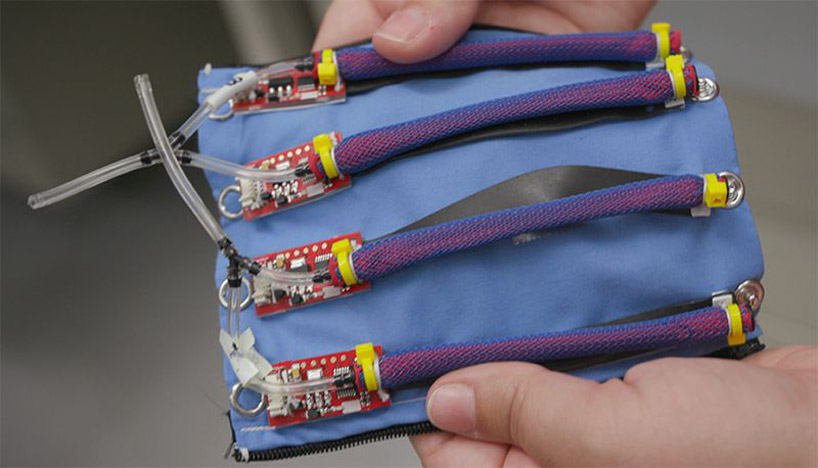
all images courtesy of yale
rather creating multiple robots technology like this could make it possible to use the same skin to add motion to a wide range of motionless items. prototypes created by the team include foam cylinders able to crawl on the ground and a robot gripper that can grasp and move objects. researchers have even created a shirt wearable that can help correct bad posture. the skin is affixed to an object using a series of zips or ties.
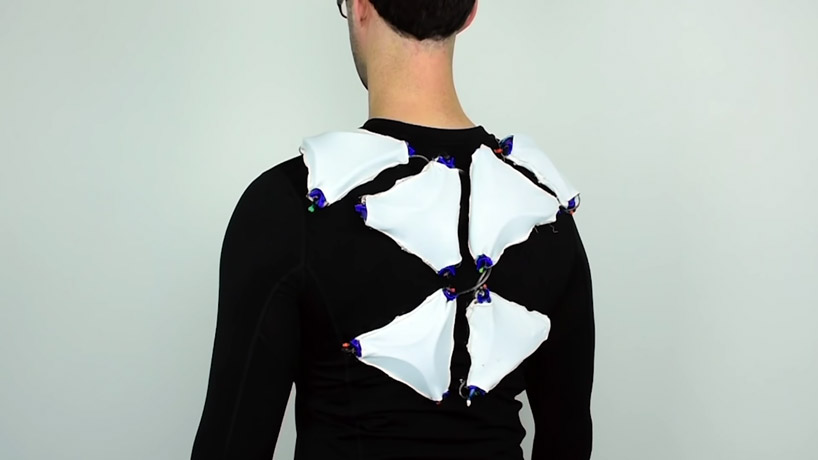
‘we can take the skins and wrap them around one object to perform a task — locomotion, for example — and then take them off and put them on a different object to perform a different task, such as grasping and moving an object,‘ rebecca kramer-bottiglio, lead researcher on the project, said in a statement. ‘we can then take those same skins off that object and put them on a shirt to make an active wearable device.‘
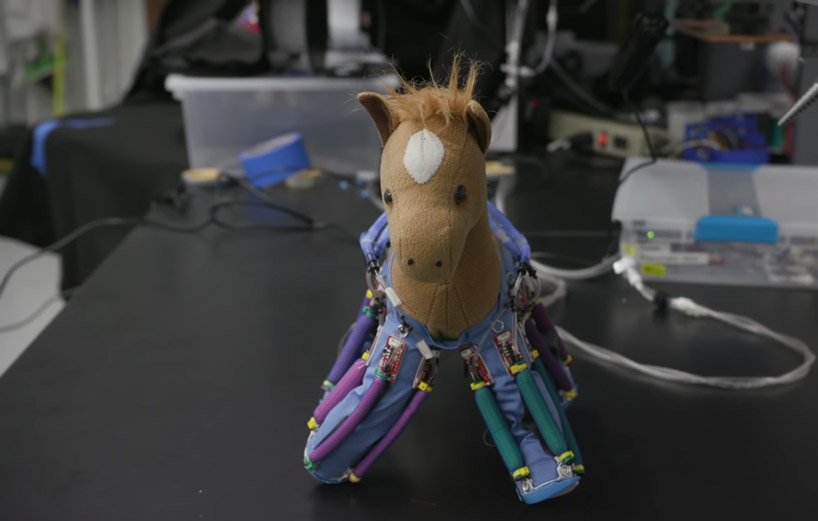
a paper describing the work, titled ‘omniskins: robotic skins that turn inanimate objects into multifunctional robots,’ was recently published in the journal science robotics. the lab now plans to examine the possibility of 3D printing these components.


